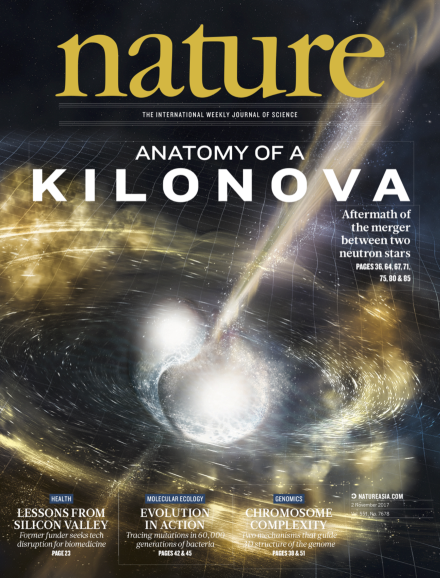Volume 551 Issue 7678, 2 November 2017
Editorial
World View
Seven Days
News
News Feature
Comment
Books & Arts
Correspondence
News & Views
Article
Letter
Feature
Q&A
Brief Communications Arising
Nature Index
-
Testing times
Nature Index:
-
Trouble at the top
Nature Index:
-
Look west for resistance
Nature Index:
-
The young and the restless
Nature Index:
-
A state of substance
Nature Index:
-
Proving Einstein right
Nature Index:
-
A guide to the Nature Index
Nature Index:

